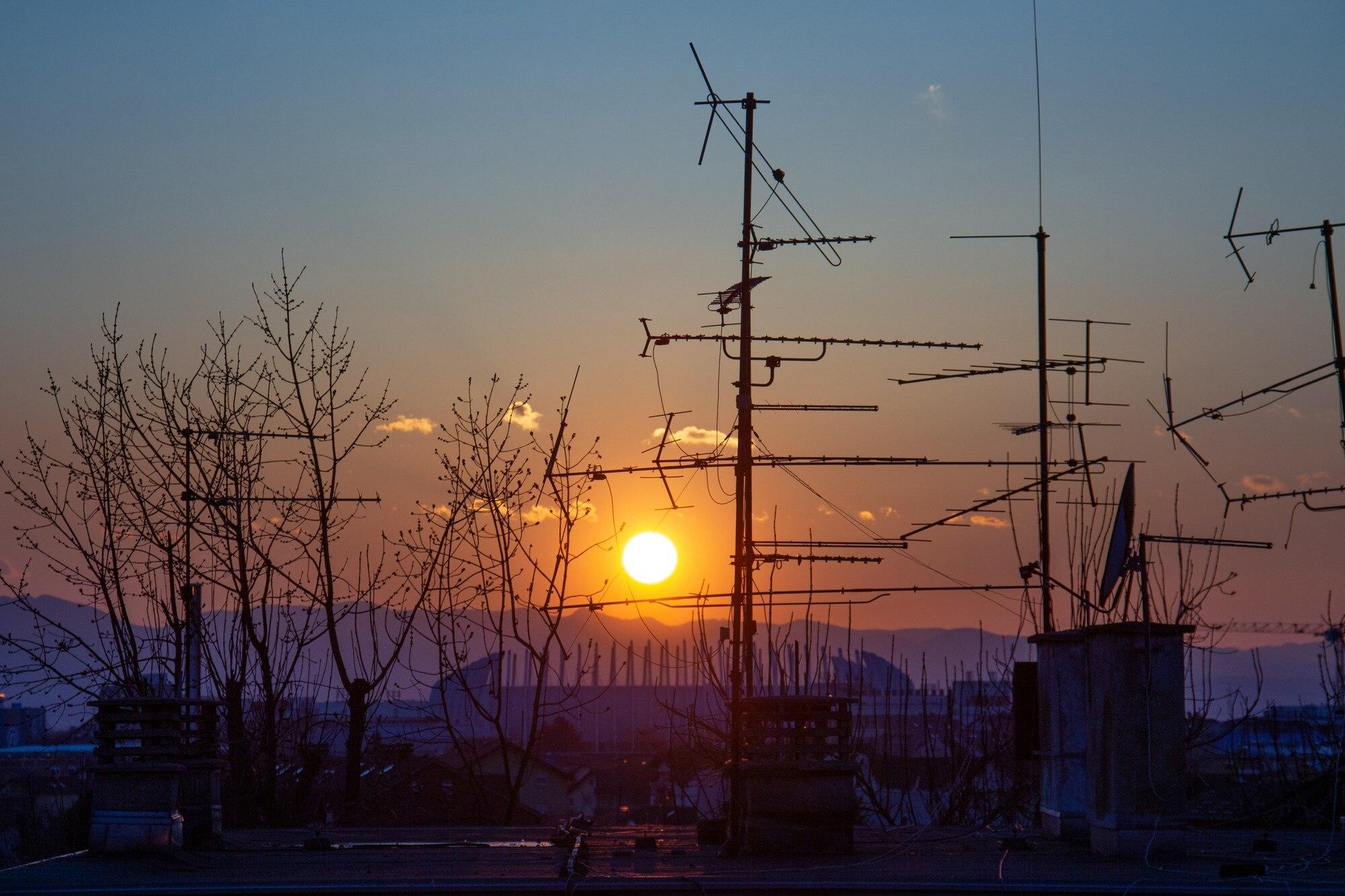The selection of a 132 kV grid station is a pivotal decision in power system planning and implementation. It is a critical infrastructure element that ensures reliable electricity transmission and distribution. Whether for industrial, commercial, or municipal use, several factors must be carefully analyzed to ensure optimal performance, safety, and cost-effectiveness. Below, we explore the key considerations for choosing the right 132 kV grid station.
Picking the right industrial company can basically influence your business' turn of events, practical viability, and advantage.
1. Location Selection
The location of the grid station is one of the most critical factors. The station must be strategically positioned to minimize transmission losses, reduce line costs, and improve reliability. Proximity to the load center is essential, as it ensures efficient power delivery while reducing voltage drops. Furthermore, the location should comply with zoning regulations, environmental considerations, and future expansion possibilities.
Accessibility and Transportation
Ease of access to the grid station site for construction, maintenance, and emergency services is vital. The location should be accessible via roads or transportation networks to facilitate equipment delivery and personnel movement.
2. Load Demand and Capacity
A thorough analysis of present and future load demand is crucial. The grid station must be designed to handle peak loads while allowing room for future capacity expansion. Load forecasts based on industrial growth, urbanization, and population trends help determine the optimal design and sizing of the station.
Scalability
Ensuring the scalability of the grid station is essential for accommodating future energy requirements. The infrastructure should allow for the addition of new transformers, feeders, or bays without significant modifications.
3. Technological Considerations
Modern grid stations are equipped with advanced technologies to enhance efficiency, reliability, and safety. The selection process should consider the integration of technologies like SCADA (Supervisory Control and Data Acquisition) systems for real-time monitoring and control. Other features such as digital relays, smart metering, and automation should also be evaluated.
Energy Efficiency
Energy-efficient transformers, circuit breakers, and other components can reduce energy losses and operational costs. Opting for equipment that meets international standards and certifications ensures long-term efficiency.
4. Reliability and Redundancy
Grid reliability is paramount in ensuring uninterrupted power supply. The station’s design should incorporate redundancy in key components, such as transformers and circuit breakers, to maintain operation during failures. N-1 contingency planning, which ensures the system can handle the failure of a single component, is often employed.
Wait: the principal execution of grid stations is key for present-day energy frameworks, giving both specific and financial advantages that work on the general adequacy of power development.
Backup Systems
Including backup power sources and fail-safe mechanisms is critical. These systems can maintain essential operations during outages or emergencies, enhancing overall reliability.
5. Safety Standards
Safety is a non-negotiable aspect of grid station design and operation. The station must comply with national and international safety standards to protect personnel, equipment, and the environment. Adequate grounding, fire protection systems, and safety signage are necessary.
Environmental Impact
Assessing and mitigating the environmental impact of the grid station is crucial. Measures such as noise control, electromagnetic field management, and waste disposal plans should be in place to minimize ecological disruption.
6. Cost Analysis
Budget constraints play a significant role in the decision-making process. A comprehensive cost analysis that includes initial investment, operation, maintenance, and future upgrade costs is essential. While cost-saving measures are important, they should not compromise quality or safety.
Life Cycle Costing
Evaluating the total cost of ownership over the grid station’s lifespan helps in making informed financial decisions. Investments in durable, low-maintenance equipment may yield long-term savings.
7. Regulatory Compliance
Compliance with local, national, and international regulations is mandatory. These regulations may cover aspects such as land use, safety, emissions, and energy efficiency. Non-compliance can result in legal penalties, project delays, or operational issues.
Permitting and Approvals
Securing all necessary permits and approvals from relevant authorities should be prioritized early in the planning phase to avoid delays.
8. Vendor and Contractor Selection
Choosing reliable vendors and contractors for equipment procurement and construction is critical. Their track record, expertise, and after-sales support should be evaluated to ensure quality and reliability.
Warranty and Support
Ensure that vendors provide warranties for critical equipment and offer prompt support services in case of breakdowns or failures.
9. Integration with the Existing Grid
The new grid station must seamlessly integrate with the existing power grid infrastructure. Compatibility with current voltage levels, protection systems, and communication protocols is essential to avoid operational conflicts.
Interconnection Studies
Conducting interconnection studies ensures that the grid station’s addition does not disrupt the stability or reliability of the overall power system.
10. Environmental and Social Considerations
Grid stations often have a significant impact on local communities and ecosystems. Engaging with stakeholders, conducting environmental impact assessments, and implementing mitigation strategies can ensure community acceptance and sustainability.
Corporate Social Responsibility (CSR)
Incorporating CSR initiatives, such as supporting local infrastructure development or employment opportunities, can foster positive relationships with the community.
Conclusion
Selecting the right 132 kV grid station involves a meticulous evaluation of multiple factors, from location and load demand to safety and cost considerations. By addressing these aspects comprehensively, stakeholders can ensure that the grid station meets current and future power requirements efficiently and sustainably. The integration of advanced technologies, adherence to safety and environmental standards, and strategic planning are key to the successful deployment of a reliable grid station.



